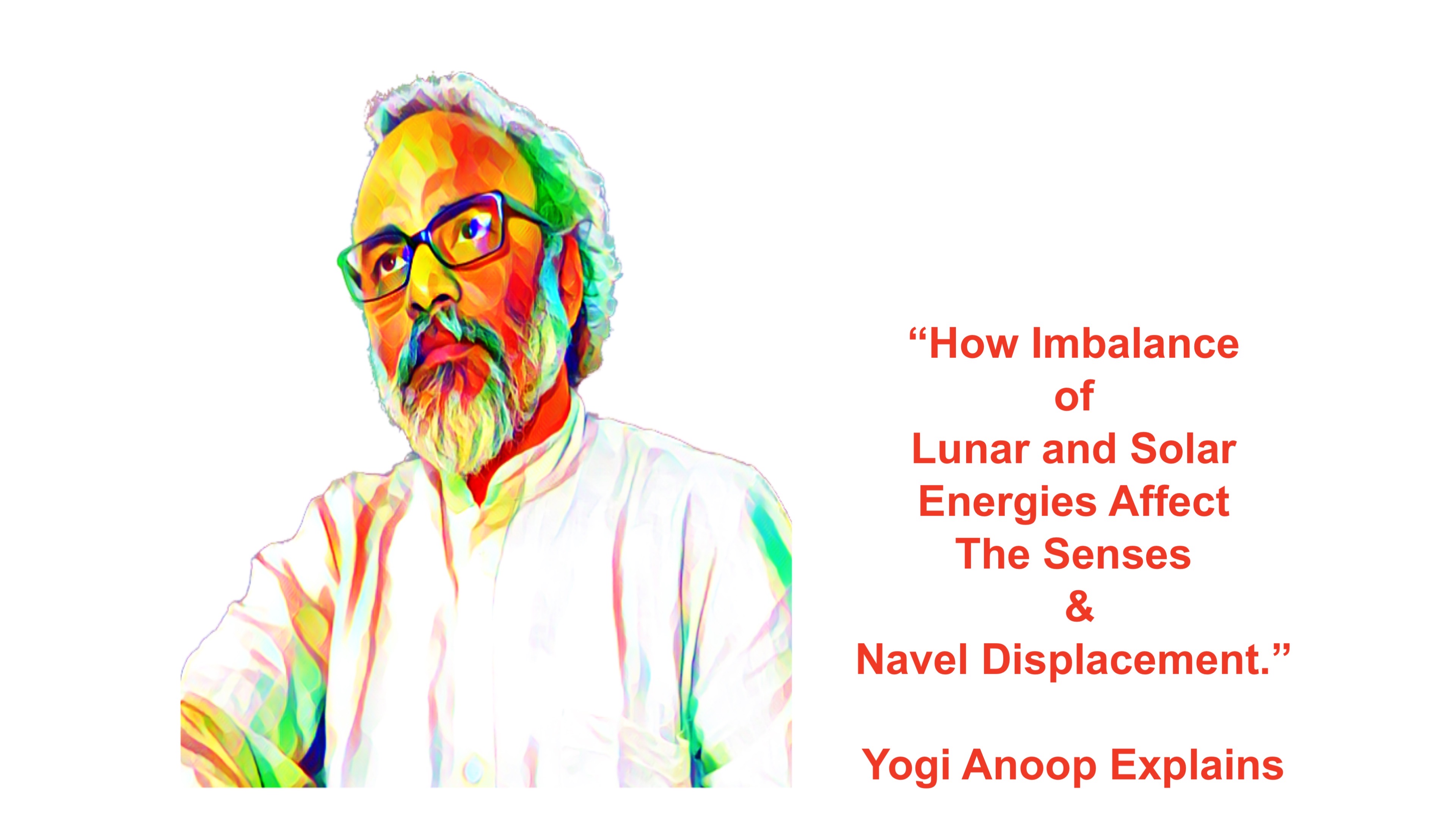
How Imbalance of Lunar and Solar Energies Affect the Senses and Navel Displacement
2 years ago By Yogi Anoop“Yogi Anoop Explains How Imbalance of Lunar and Solar Energies Affect the Senses and Navel Displacement"
Student: That's interesting. Could you please explain more about the imbalance of the lunar and solar sides of the body and how it affects the senses?
Yogi Anoop: Certainly. According to the principles of Hatha Yoga, the lunar side of the body is associated with the parasympathetic nervous system and the calming, cooling energy of the moon, while the solar side of the body is associated with the sympathetic nervous system and the heating, energising energy of the sun.
When the lunar and solar energies are balanced, the body and mind are in a state of harmony, and the senses are under control. However, when there is an imbalance, such as when the lunar side is weaker than the solar side, the senses become restless and agitated, and this can lead to physical and mental imbalances.
That is why it is important to balance the lunar and solar energies through the practice of meditation, which helps to control the mind and intellect, and the practice of Hatha Yoga and Pranayama, which help to strengthen the solar side and the navel centre.
In my experience, the major cause of displacement of the navel is the lunar (moon) side. All senses represent the lunar (Moon). Therefore, if you observe closely, in every navel displacement case, you will find a pattern of sensual imbalance first. So, the sun (navel) is not solely responsible for all sensual fluctuations. I have closely observed that people with these types of lunar personalities have unnecessary fantasies. Due to these sensual behaviours, the navel, which is the middle part of the body, becomes stressed.
That is why I try to focus on Lunar (senses) balancing first rather than managing the sun.
Student: So can you explain more about management of senses or principles of Yama and Niyama ?
Yogi Anoop: Certainly. Yama and Niyama are the first two limbs of Raj Yoga, and they provide a foundation for spiritual practice by guiding us on how our senses interact with the world. Yama actually refers to behavioural patterns of senses. How our senses treat others.
By following the principles of Yama and Niyama, we learn to manage our behaviour of senses, how they should behave, and this in turn helps us to control our senses.
For example, the principle of Ahimsa or non-violence, which is part of Yama, teaches us how to train all senses to relax so they avoid to harm anyone. If the mind feels that deeper sensual relaxation completely then why do they do Hinsa. That’s why by practising Yama, we need to learn how to train all senses.
Similarly, the principle of Saucha or cleanliness, which is part of Niyama, teaches us to keep our body and mind clean and pure. When we start cleaning senses then they are even unable to receive any garbage information from outside. I mean they try to stop unnecessary information from outer world.
Student: That makes sense. So, after practicing Yama and Niyama, can we then start practicing Asanas and Pranayama?
Yogi Anoop: Yes, that's right. Asanas and Pranayama are the next two limbs of Raj Yoga, and they help to balance the energies of the sun and moon within the body. Asanas are physical postures that help to stretch Spinal nerves and strengthen the body, while Pranayama is the practice of managing the breath and vital energy.
However, it's important to note that Asanas and Pranayama should not be practiced before mastering sensual management. Without the foundation of knowing these senses and personal disciplines of all senses, the practice of Asanas and Pranayama may not be very beneficial and may even lead to harm.
Because all senses are symbolically the Moon. If these behaviours are not going to be managed then the Moon can never be controlled.
Recent Blog
Copyright - by Yogi Anoop Academy
